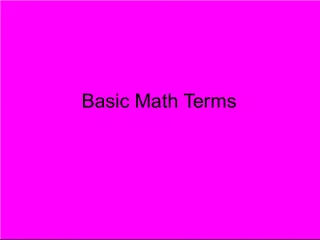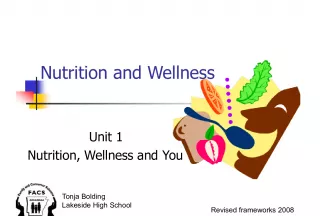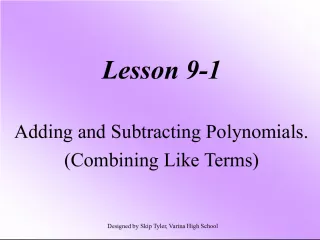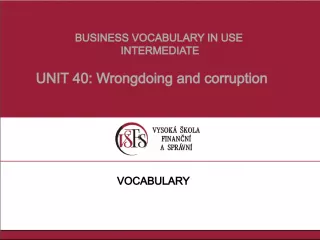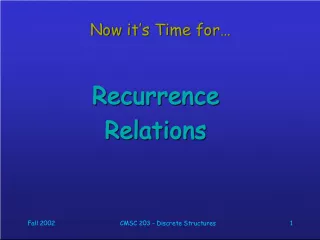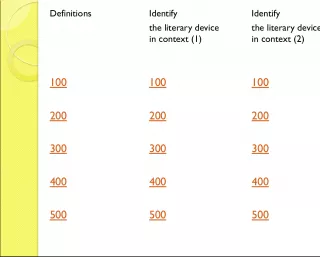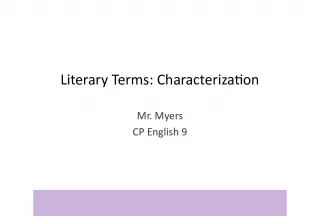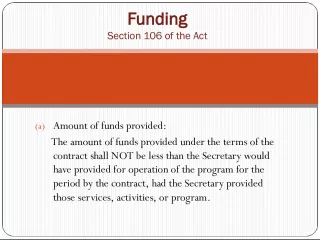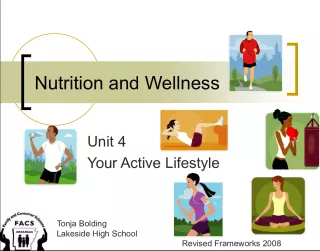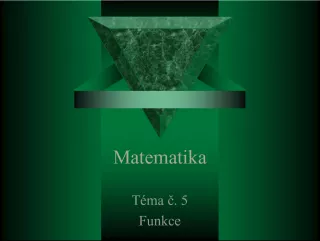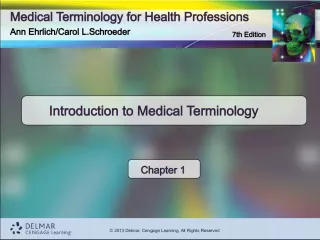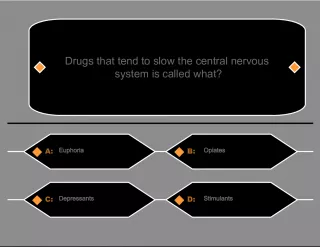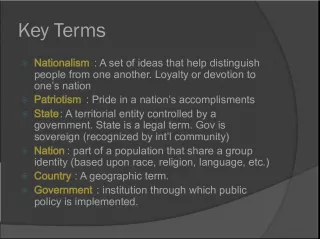Key Terms Glossary
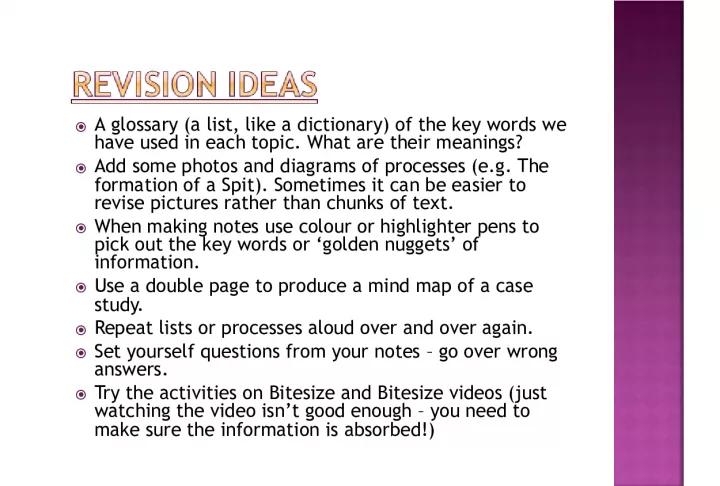

A comprehensive list of the crucial words used in every topic, including their definitions. This glossary includes images and diagrams for better understanding.
- Uploaded on | 1 Views
-
 juliayoung
juliayoung
About Key Terms Glossary
PowerPoint presentation about 'Key Terms Glossary'. This presentation describes the topic on A comprehensive list of the crucial words used in every topic, including their definitions. This glossary includes images and diagrams for better understanding.. The key topics included in this slideshow are . Download this presentation absolutely free.
Presentation Transcript
2. A glossary (a list, like a dictionary) of the key words we have used in each topic. What are their meanings? Add some photos and diagrams of processes (e.g. The formation of a Spit). Sometimes it can be easier to revise pictures rather than chunks of text. When making notes use colour or highlighter pens to pick out the key words or ‘golden nuggets’ of information. Use a double page to produce a mind map of a case study. Repeat lists or processes aloud over and over again. Set yourself questions from your notes – go over wrong answers. Try the activities on Bitesize and Bitesize videos (just watching the video isn’t good enough – you need to make sure the information is absorbed!)
3. To create a Mnemonic all you have to do is write down your list of facts or information. As an example I am going to try to remember the order of the planets that circle our sun. So the first thing I do is write them down in order: Mercury Venus Earth Mars Jupiter Saturn Uranus Neptune Pluto . Then I need to take the first letter from each of the planet names: M V E M J S U N P. Colour code your notes. (e.g. Red for “difficult”, green for “easy”, blue”) for needs more explanation from the teacher. Put main points only onto small plain cards (e.g. index cards). Read them through regularly. Use main points to test yourself. Read a case study through and make a list of the key points from memory. Adopt a “look, cover, write, check” regime. You could even score yourself.
4. Number points on list (e.g. seven colours of the rainbow). Use a revision guide and revision websites (e.g. Bitesize) to help make your revision more interactive. Place key words, quotes etc on large posters in your bedroom and be surrounded by things you have to learn. Ask a friend or parent to test you: they set you a question and you respond. Print out a photo from the internet and annotate it with detailed labels.


